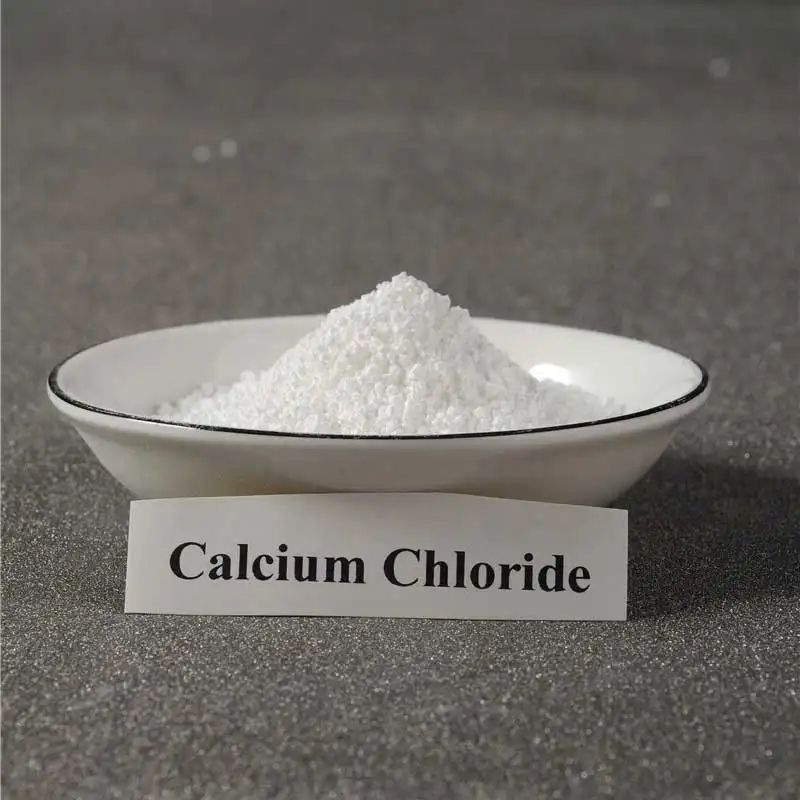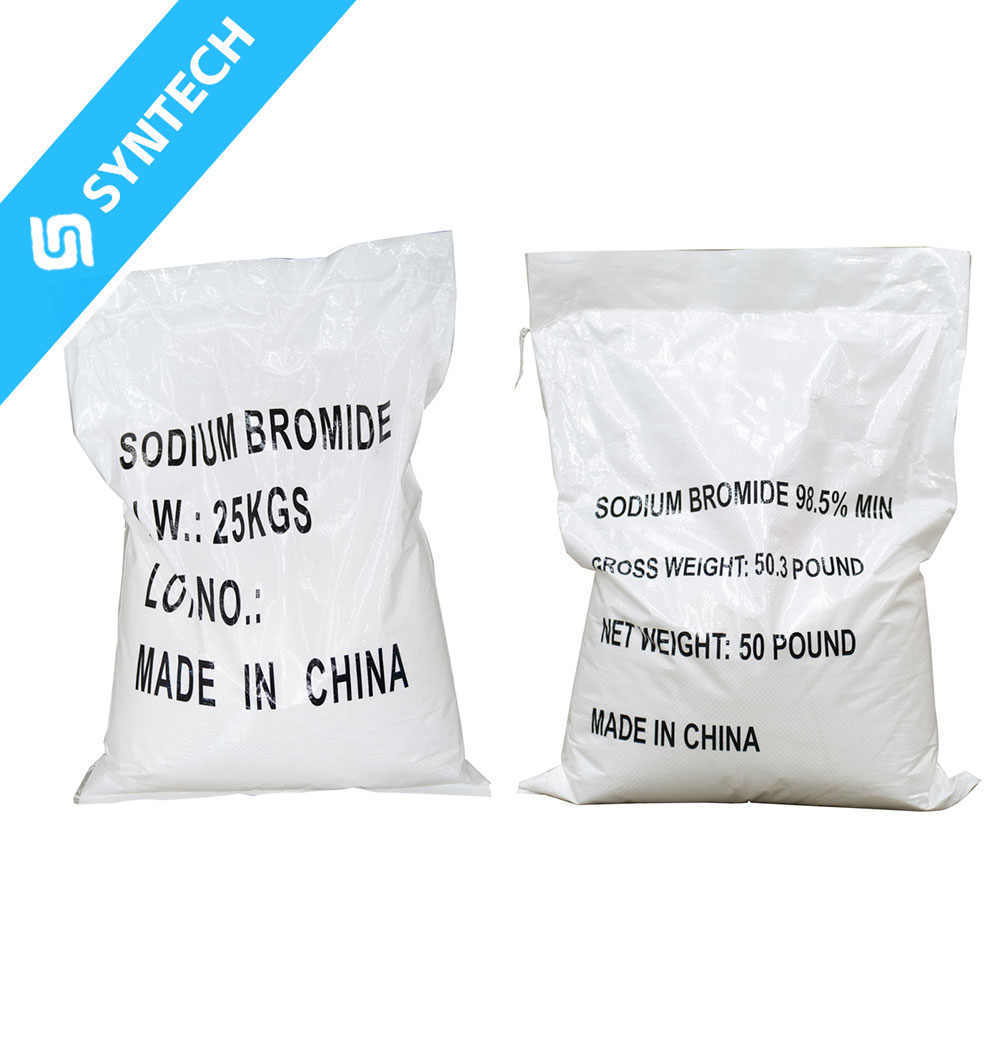1. Polymer Modification (Acrylic Fibers & Plastics)
Application: SMAS is copolymerized with acrylonitrile (AN) to produce modified polyacrylonitrile (PAN) fibers.
- Role: Introduces sulfonate (–SO₃⁻) groups into the polymer chain.
- Benefits:
- Improves dyeability (anionic sites bind cationic dyes more effectively).
- Enhances antistatic properties (ionic groups dissipate charge).
- Increases thermal stability (sulfonate resists degradation at high temps).
- Example: Used in flame-resistant textiles or carbon fiber precursors.
2. Water Treatment (Scale Inhibition)
Application: Added to cooling water systems or boiler water (dosage: 5–50 ppm).
- Role: Acts as a threshold inhibitor for CaCO₃/CaSO₄ scale.
- Mechanism:
- Sulfonate groups disrupt crystal growth via electrostatic repulsion.
- Chelates metal ions (e.g., Ca²⁺, Mg²⁺) to prevent deposition.
- Advantage: More stable than polyacrylates under high-temperature/pH conditions.
3. Oilfield Chemicals (Drilling Fluids)
Application: Incorporated into water-based drilling muds.
- Function:
- Clay stabilizer: Prevents shale swelling (sulfonate adsorbs onto clay surfaces).
- Rheology modifier: Reduces fluid loss and maintains viscosity in brine.
- Case Study: SMAS-based copolymers improve performance in high-salinity reservoirs (e.g., offshore drilling).
4. Superabsorbent Polymers (SAPs)
Application: Copolymerized with acrylic acid in diapers/sanitary products.
- Role: Enhances water absorption capacity and gel strength.
- Why SMAS?: Sulfonate groups increase ionic crosslinking vs. traditional SAPs.
5. Electroplating Additives
Application: Used in nickel or copper electroplating baths.
- Function:
- Brightener: Improves metal deposition uniformity.
- Leveling agent: Sulfonate adsorbs on electrode surfaces to reduce pits/nodules.
- Example: SMAS-containing baths yield smoother PCB (printed circuit board) coatings.
6. Paper Strengthening Agents
Application: Grafted onto starch or polyvinyl alcohol (PVA) for paper coatings.
- Effect:
- Boosts wet tensile strength (sulfonate binds cellulose fibers).
- Reduces linting in high-speed papermaking.
7. Concrete Admixtures
Application: Added to cement dispersants (e.g., polycarboxylate ethers, PCEs).
- Role: Sulfonate groups improve compatibility with high-alkalinity environments.
- Result: Delays setting time while maintaining workability.
Key Advantages in These Applications:
- Chemical Stability: Performs in acidic/alkaline/High-TDS (total dissolved solids) conditions.
- Cost-Effectiveness: Lower dosage needed vs. conventional additives (e.g., phosphonates).
For formulation guidance, consult industrial patents (e.g., US US4764586A for SMAS copolymers in fibers). Let me know if you need deeper technical protocols!






